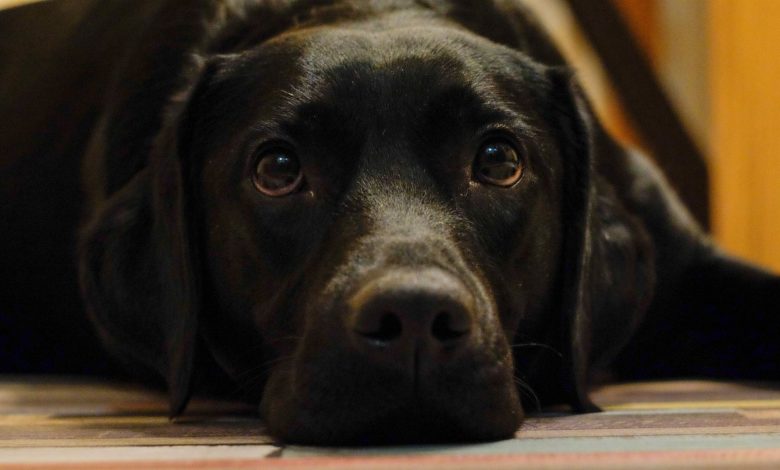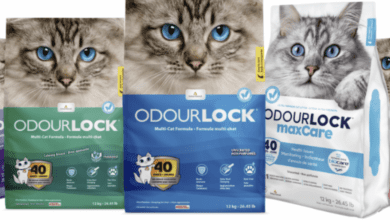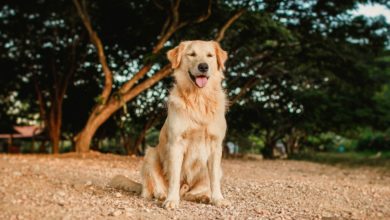Features
Helping your dog overcome anxiety and stress

The recent changes to people’s everyday lives may have caused some disruption to your dog’s daily routines, resulting in them feeling overwhelmed or anxious. For many dog owners, it may be difficult to know when your dog is experiencing anxiety, and different situations may trigger some dogs in different ways.
You'll need to
subscribe to unlock this content. Already subscribed? Login?







